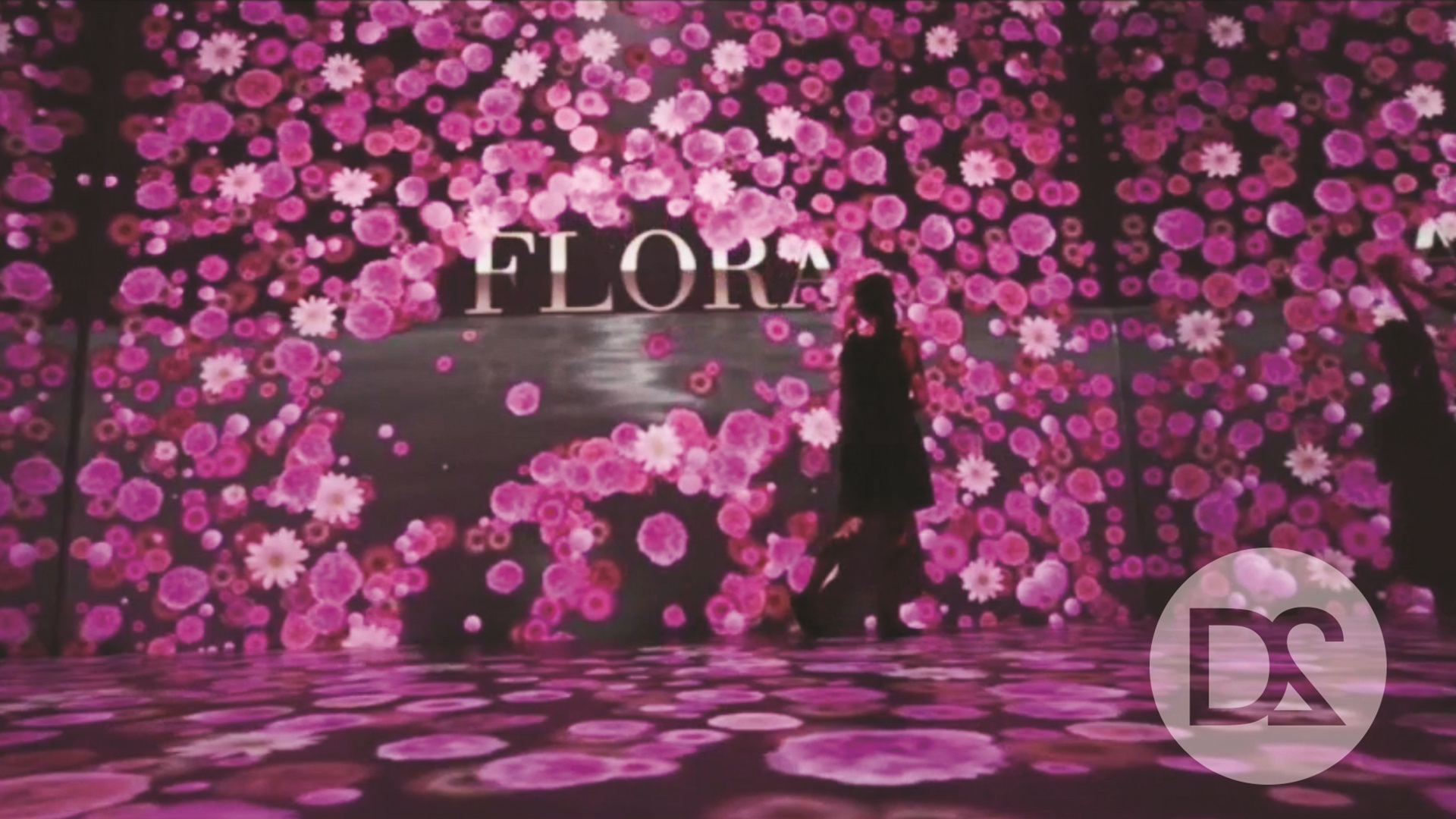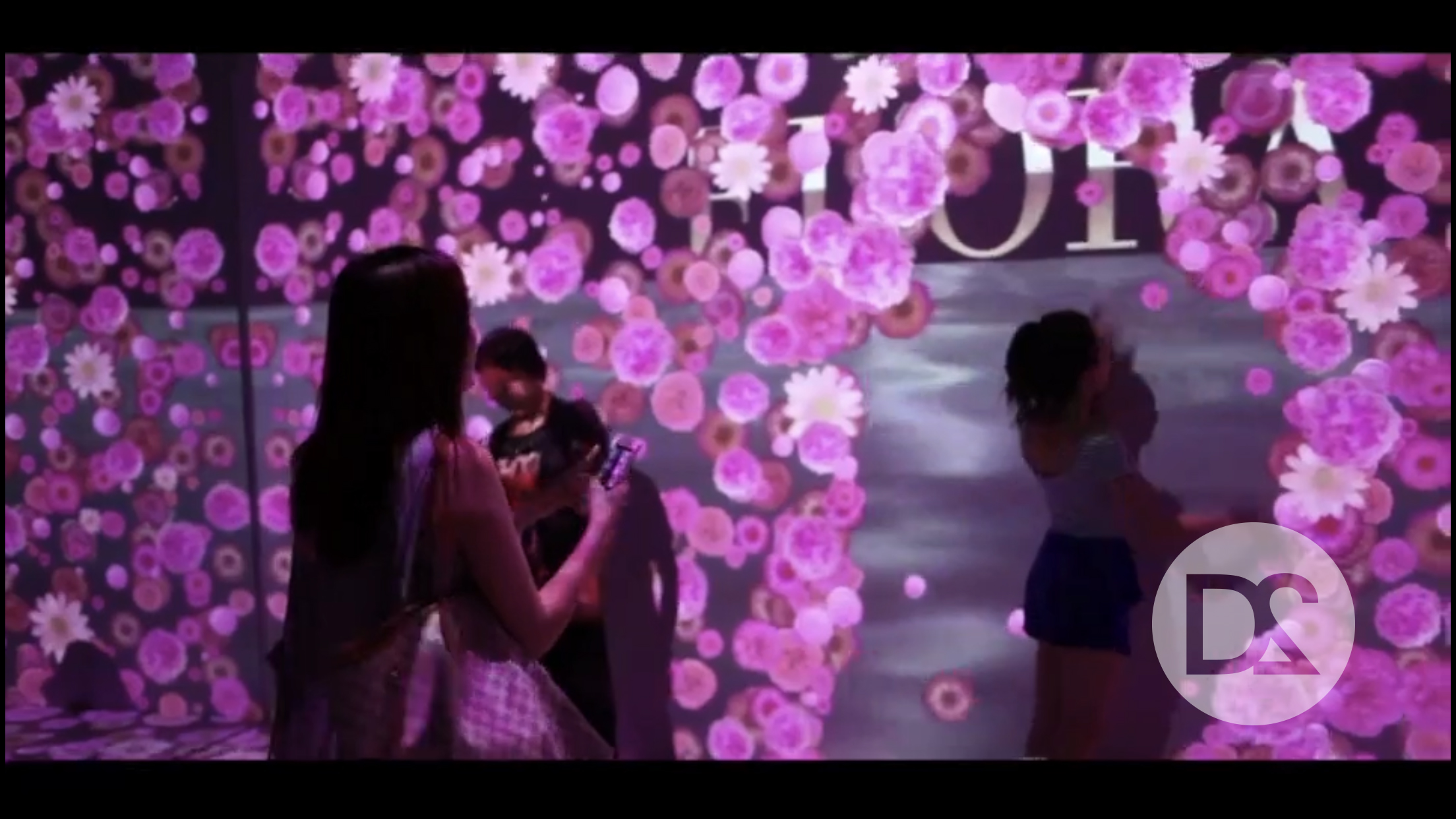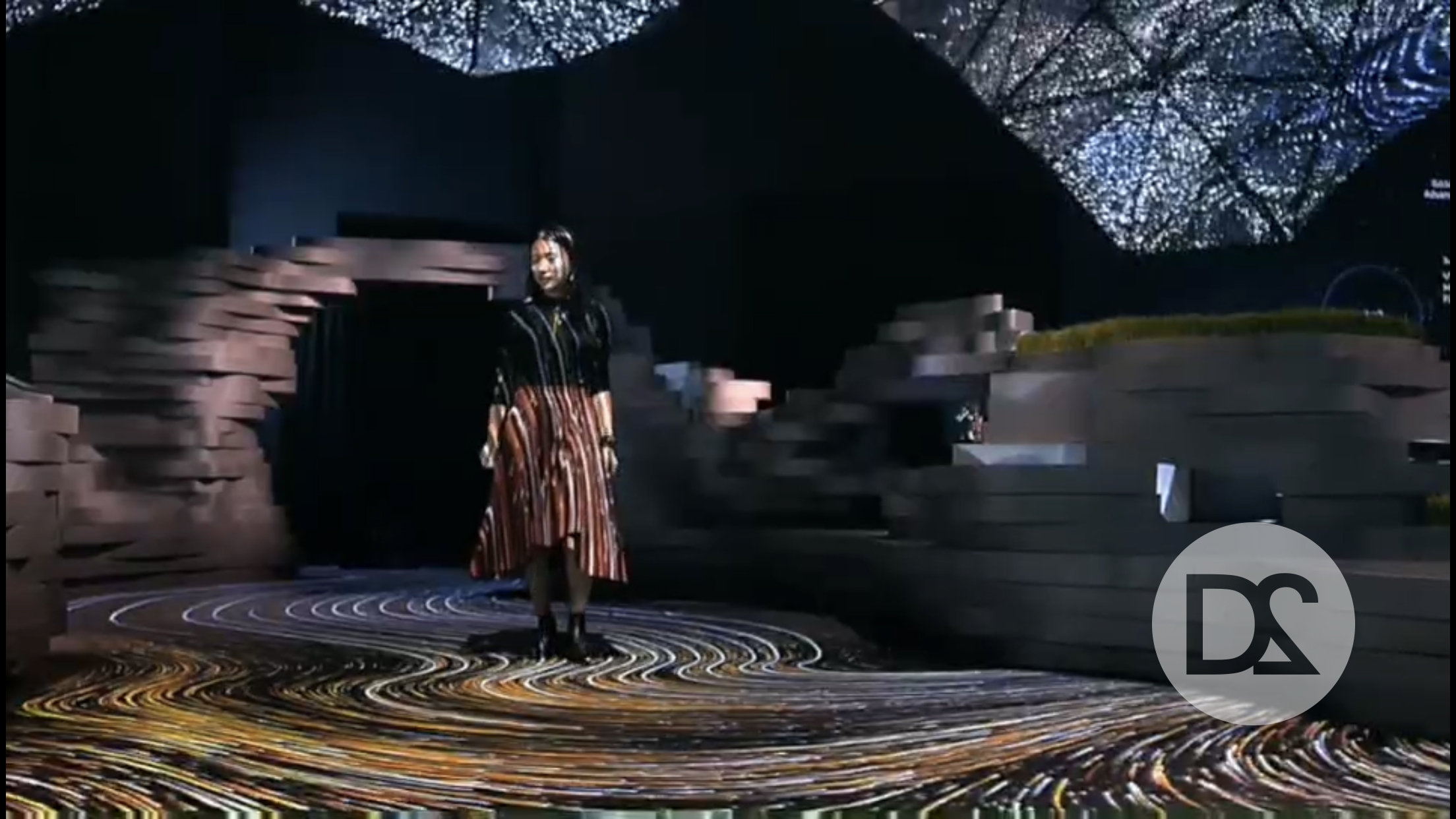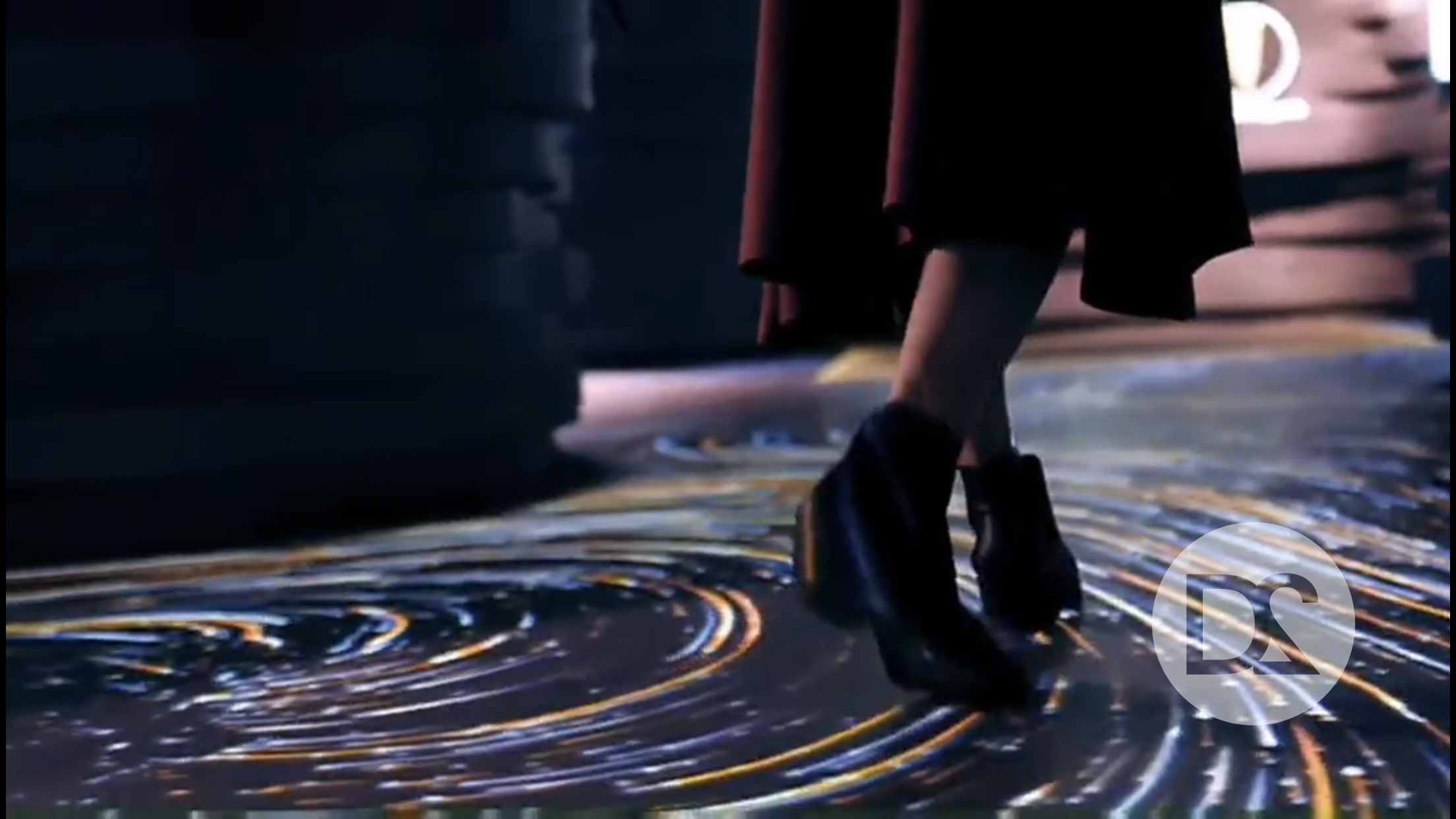What is an immersive event anyway?
Immersive is the new black. From films to music and from video games to exhibitions, prefixing an event with ‘immersive’ seems to be the done thing these days. But as with any overused term (remember ‘millennial’?), the true meaning is often misinterpreted, misrepresented or lost entirely.
Ubiquitously used as short-hand for any event that features ambitious tech or multi-sensory experiences, immersion, in truth, has nothing to do with technology. Consider the fans weeping at the end of a football match or the look on a child’s face when they open a christmas present - that’s true immersion. Being immersed in something is about complete engagement and total commitment: it’s about feeling involved, emotionally connected and 100% present in the moment.
While tech can play a crucial role when utilised smartly, simply bringing in lots of gizmos and won’t be enough to create an immersive experience. For a successful
immersive event,
D2 Studio can help clients organize a great and memorable
immersive event. You need to appeal to people on a human level. A truly immersive experience has storytelling and a clear purpose at its heart. So, how does this apply to events?
1. Understand your audience
This is always a good place to start with event strategy. If you don’t know your audience, how can you even begin to consider creating something they’ll engage with? Your event needs to be tailored to the needs of your delegates and needs to answer several key questions - Why should they attend your event? What can they get from it that they can’t get anywhere else? What are their goals and objectives? Once you know your audience, you can create a purpose and a start framing your event around a narrative that speaks directly to them, not at them.
2. Understand your audience’s emotional triggers
Your event should aim to help delegates find solutions to their problems and they will always come to those solutions faster if there is an emotional, personal catalyst. If you can offer delegates relevant information - something that they need - you’ll be more likely to grab their attention. What’s more immersive: a quick play on a VR headset or the solution to a problem that’s been keeping you awake at night? Consider - what are your delegates’ pain points? What’s the cause of their stress?
At its core, immersion is about feelings. When we’re emotionally connected and engaged, we are immersed - which is why you need to get specific about your delegates’ emotional triggers.
3. Keeping up with the Jones’
Buzz is another key factor in creating an immersive experience. People need to feel that they’ll be missing out if they don’t come to your event. When you create this Fear of Missing Out (FOMO), people will turn up with a sense of purpose and excitement. An effective way to build on this ‘fear’ is by posting engaging promotional offers or subtle but engaging teaser videos on your social media platforms. Because we all know that social media is the key driver of FOMO.
4. Create a community
When people feel like they belong to something, they’re instantly more engaged. A simple way to do this is by encouraging connections and online networking prior to your event. Keep your hashtags simple and memorable so that people can find each other easily and you’ll hopefully be able to foster a community that comes together over your brand and your offering.
Encourage conversations on your social media platforms by suggesting topics or asking questions. You could also think about hosting a ‘live-streaming sharing’ (real-time social media meet up) for facebook followers working in the same areas or an ‘Insta-meet’ for your Instagram followers. The more invested people feel in your event prior to it happening, the easier it is to create an immersive experience once they’re actually there.
5. Anticipation
Your event doesn’t start when the doors open, it starts months before. If you want people to be engaged when they turn up, you need to carefully plan your pre-event strategy and how you’re going to build anticipation. Excitement is crucial in creating an immersive experience - people have to want to be there, and a great way to achieve this is by giving away just enough to keep your audience wanting more. If you offer them a forensically detailed programme of what’s on offer, what’s the point of them turning up after all?
Instead, opt for a less is more approach. Reveal clues about your event on social media, post teaser pictures and videos that tease a flavour of what they can expect on the day. All of these things will help to build a sense of excitement around the event.
6. Encourage participation
Immersion requires involvement. When we’re part of something, we’re actively engaged, rather than being passive observers. You need to make delegates feel as if they are an intrinsic part of the event rather than attendees.
Once again, a lot of this comes down to your pre-event communications. For example, you could partner with speakers and sponsors to conduct questionnaires, surveys or polls, which can be used to gauge interest and help plan what you end up featuring at the event. You could then use this information for press releases, white papers or even a takeaway survey - by attendees, for attendees.
At the event, encourage interaction between management and delegates. If you have guest speakers, make sure they know how to actively involve the audience; simple things like asking for a show of hands or asking for volunteers to share their problems or why they’ve attended. This might not sound like much, but it can make a big difference in terms of creating an immersive experience.
7. All the tech
Tech alone will not give you an
immersive event. However, if used as a strategic tool it can heighten engagement and facilitate a more immersive experience. Just be mindful of how you use it.
Any tech you use needs to align with your brand message and the narrative of your event. Randomly sticking in some VR or AR experiences just because you’ve seen them at other events is not conducive to immersion - in fact, it’s likely to have the opposite effect. If something jars, it creates dissonance, which, in turn, can make people feel disconnected.
If it’s appropriate and helps to tell your story, a tool like AR is an effective way to increase active participation and enjoyment. With the use of their smartphones, delegates can make an object or space digitally interactive and they can feel like an active part of the experience. This can be a powerful way to explore a new product or to tell part of your story in a creative way.
Here is another technology that is still growing in the industry, called holographic projection. To engage delicates with the event, it is often a more powerful and effective tool than VR and AR. It projects the pre-set scene or a digital environment in the actual area, where people will feel like they are interacting in a digital environment personally. The digital environment can be tailored made to promote brand information or for other purpose. The digital objects can also interact with people movements by different sensors. Hence, it is a very powerful tool to engage people with the digital world in ac actual environment. It really makes an event truly immersive.
The key to using technology comes down to purpose. If you’ve got a robot, what purpose does it serve? If it’s a gimmick, people will see it for what it is. Technology needs to facilitate immersion as a means to an end.
8. True immersion
Creating an
immersive event starts with stripping everything back. To create a truly
immersive event, you need to get the foundations right. What story are you trying to tell? How can you tell it in an engaging, relevant way? How can you make people feel something?
Immersion isn’t about the fanfare of sword swallowers and pyrotechnics - those things have a part to play but they’re just decorations. In order to immerse people in your event, they need to feel actively involved, excited and, ultimately, absorbed in the experience. The key to achieving this is to create an event that is positive, beneficial and relevant.
If you have any enquiry for organizing
Immersive Event,
Product Launch,
Business Event,
Holographic Projection Technology, you may contact a professional
Event Agency –
D2 Studio. We will provide with a complete event solution and package. For more information of event management, you may also search for
D2 Studio Event Agency to visit our website. Or you may contact us at +852 2305 2382.



